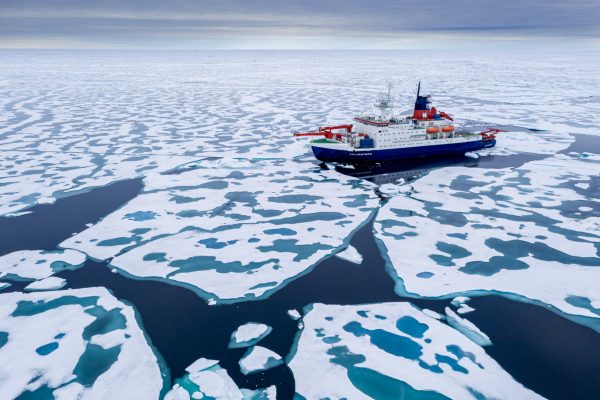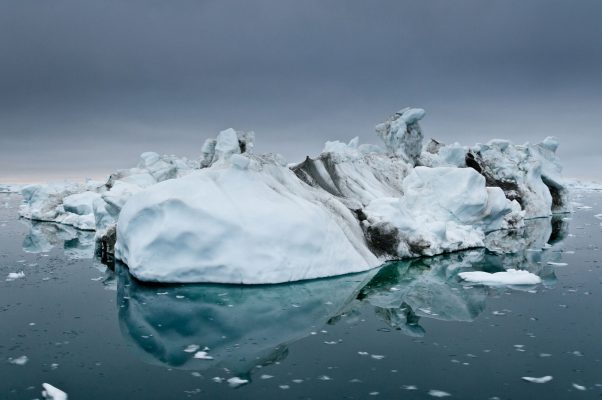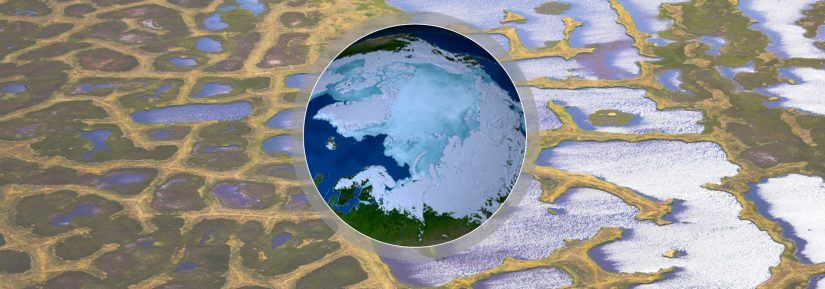CITYSATAIR
Prime company: KNMI (NL)More than half of the world’s population is living in cities. According to the WHO air quality database 80% of people living in urban areas that monitor air pollution are exposed to air quality levels that exceed WHO limits. Narrowing down to cities in low and middle income countries with more than 100 000 inhabitants, …



